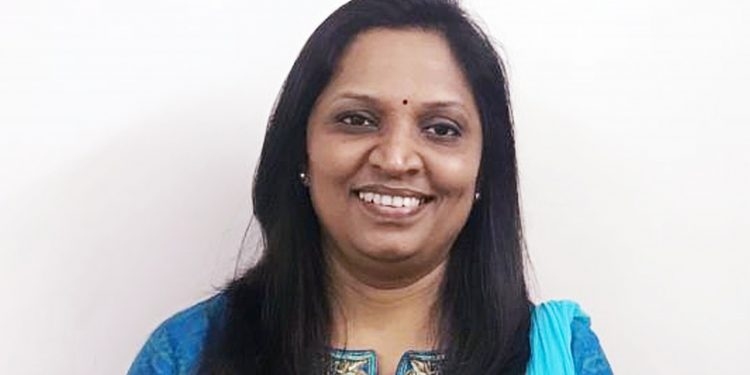Every year we look forward to monsoons as a source of relief from the scorching heat. But this year’s monsoon is a bit different. Given the pandemic, looms a fear of getting infected by the virus, the spread of which might increase during the humid rainy season. Not only COVID, but monsoons are also a season where a host of other communicable diseases, either vector borne like Malaria, Dengue etc. or the ones spread through exposure to contaminated water like typhoid, jaundice etc. are on a rise. As a doctor I would suggest one to work towards boosting immunity against such diseases and take on a preventive stance by putting proper hygiene checks in place.
But as a financial advisor, I would urge considering investing in a financial safety net against the treatment costs that one may incur, in case of an infection.
This is where a health insurance policy should roll into our budget plans. A health insurance pays up in the wake of a health emergency by taking care of one’s hospitalisation and treatment expenses. There are several options to choose from, which can be broadly classified under the below two categories:
360 degree protection for individual & family
In case of any infection claims, there are many expenses like investigations, consultations, medicines etc. prior to hospitalisations and even after discharge. Including the above expenses the average cost of hospitalizations due to infections is in the range of 40,000 – 50,000. In the current pandemic situation, we have noted that the hospitalization expenses are further more due to higher sanitisation & investigation expenses etc. Without any insurance cover this would be an added expense in this economically challenging situation. Basic health insurance policies take care of all the hospitalisation, pre & post hospitalisation expenses. There are a range of policies that are available and we must choose what fits our requirements in terms of the treatment costs that we might incur.
Disease/infection specific covers
In our internal data trends we saw 82.3% growth in monsoon related ailments last year. Furthermore, viral fevers are on the rise and have increased manifold in past 2-3 years while claims for dengue seeing an increase of by almost 100%. These are staggering figures and the absence of a health insurance protection means that all these expenses will be incurred directly by the patient through personal savings or by relying on friends or family for help. Insurers today have disease specific covers that indemnify in case of one gets diagnosed with any of these diseases. That is to say, upon paying a one-time nominal premium, the insurer pays the coverage that one has opted for upfront post contracting the disease.
In the current times when a health crisis is looming on our heads, let’s be proactive in terms of securing not only our hygiene but also our financial safety nets. A health insurance ensures us a life of dignity in the wake of a financial emergency in terms of hospitalization and related expenses and hence is an ideal tool to invest in. What masks are to us, a good insurance is to our pockets – both an ideal protection as well as a social security tool. Let’s stay insured, and stay protected!
(Dr. Rashmi Nandargi, Head – Retail Health Underwriting, Bajaj Allianz General Insurance)







































